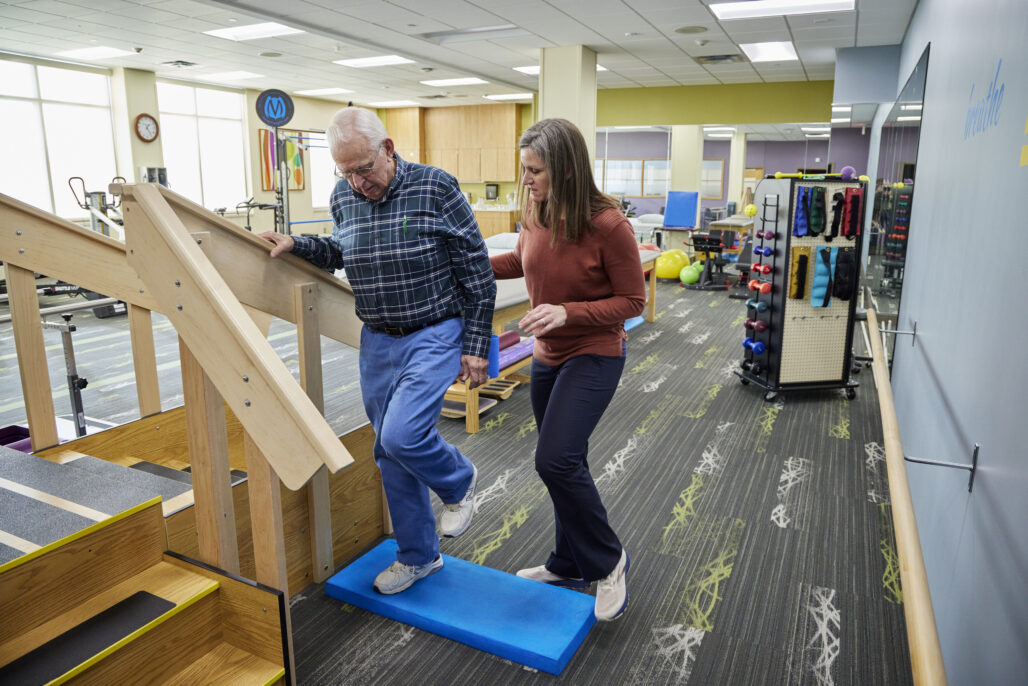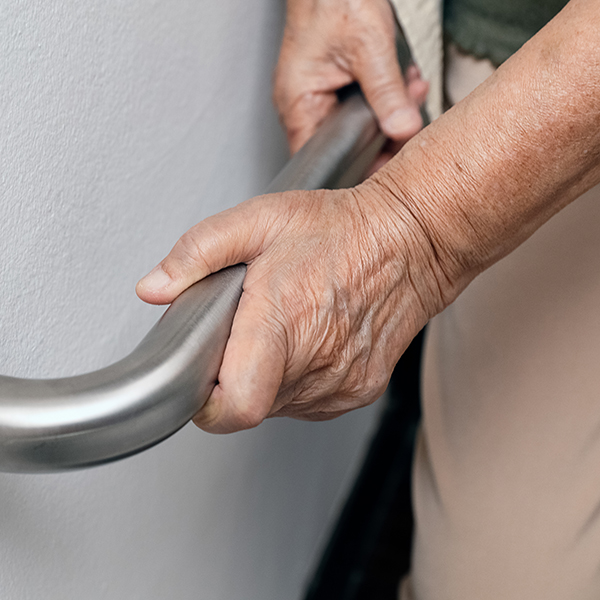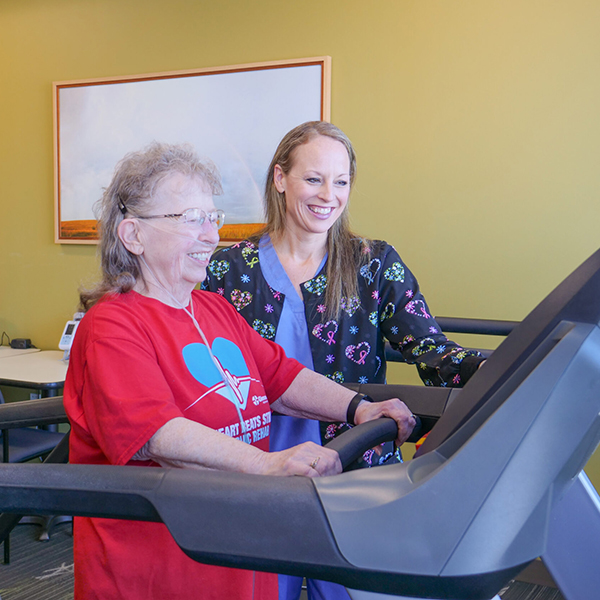What Can You Do to Reduce Your Risk of Falling?
At Glencoe Regional Health, providers in our family medicine, internal medicine, and neurology departments can diagnose balance problems, assess fall risk and recommend interventions such as physical therapy, use of an assistive device such as a walker, or medication changes.
How Can Physical Therapy Help?
You may benefit from physical therapy to address balance problems if you have fallen recently or are concerned about the possibility of falling in the future. The goals for therapy will be specific to your situation, but may include:
- Improving your ability to perform activities at home, school or work
- Decreasing your risk of falling and being injured
What Can You Expect During Physical Therapy?
At the first visit, your physical therapist will perform a thorough evaluation to assess how your nerves, muscles and skeleton function together and better understand how these systems are affecting your strength, balance and ability to perform daily tasks without falling. Next, your physical therapist will create an individualized treatment plan based on his or her assessment of your condition. Your therapist will discuss the treatment plan with you, including the number of treatment sessions and activities that will be included in future therapy sessions to improve your strength and balance to avoid falling in the future.
Physical therapists use a number of different approaches to treat balance problems. For example, neuromuscular re-education is used to improve muscle control, balance and how your body moves. Therapeutic exercise involves stretching, strengthening and home exercise programs. Some of our physical therapists may also use the Dynavision D2 as part of your treatment plan.
Service Area
Our primary service area is McLeod County, Minnesota including: Biscay, Brownton, Glencoe, Hutchinson, Lester Prairie, Plato, Silver Lake, Stewart, and Winsted. We also service parts of Sibley County, including: Arlington, Gaylord, Green Isle, New Auburn, and Winthrop, as well as the western part of Carver County, including: Hamburg, Norwood, and Young America, and part of Renville County, including: Buffalo Lake.

















